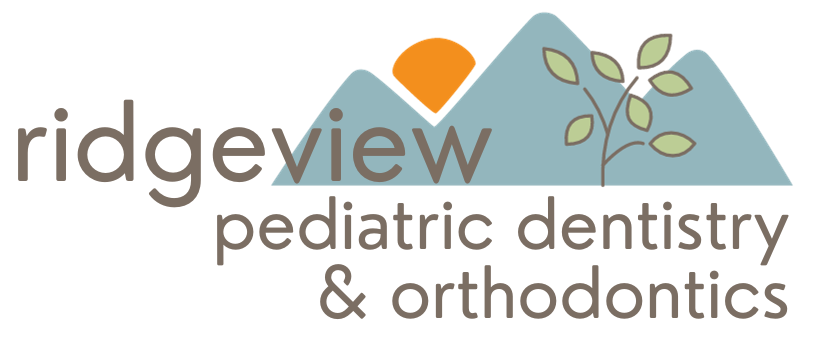
There isn’t a specific age at which children should start orthodontic treatment, but the American Association of Orthodontists recommends that children have their first orthodontic evaluation by age seven. By this time, your child will have a mix of baby teeth and permanent teeth, allowing orthodontists to identify any existing issues or predict potential concerns. Early detection means proactive care, often leading to simpler, more effective treatments.
Why Consider Early Orthodontic Treatment?
Orthodontic treatment at a young age can offer several long-term benefits. Addressing alignment or jaw growth issues while your child is still growing often results in:
- Shorter Treatment Time: Early intervention can minimize the time needed for braces or other orthodontic appliances in the future.
- Reduced Need for Extractions: Creating space for permanent teeth can reduce the likelihood of needing extractions later.
- Lower Risk of Impacted Teeth: Guiding teeth as they emerge reduces the chance of teeth becoming trapped in the gums.
Some of the ways early treatment helps include:
- Guiding teeth into their ideal positions before they become problematic
- Creating space for erupting permanent teeth to reduce crowding
- Correcting jaw growth issues to ensure proper alignment
- Addressing the effects of harmful oral habits, like thumb or finger sucking
Signs Your Child May Need an Orthodontic Evaluation
While not every child will need early treatment, some signs can indicate that an orthodontic assessment is a good idea. Watch for these signs as your child grows:
- Early or delayed loss of baby teeth
- Difficulty chewing or biting into food
- Grinding or clenching teeth
- Mouth breathing
- Speech difficulties
- Persistent thumb or finger sucking
- Crowding, misalignment, or blocked teeth
- Jaw shifts, popping, or noises when opening or closing the mouth
- Protruding teeth
- Biting the inside of the cheek
- Teeth that don’t meet properly or don’t meet at all
- Jaw and teeth that appear out of proportion to the rest of the face
It’s important to remember that these signs don’t necessarily mean your child will need treatment right away, but they are good indicators that an orthodontic evaluation could be beneficial.
What Happens During an Evaluation?
An initial orthodontic consultation is simple and comfortable for your child. During the visit, the orthodontist will:
- Examine your child’s teeth, jaw, and facial structure
- Take digital X-rays or photographs to get a complete view of oral development
- Discuss any habits that may be impacting dental growth
- Provide personalized recommendations for any necessary treatments
If no immediate treatment is needed, the orthodontist may recommend periodic check-ins to monitor your child’s growth and development.
Schedule Your Child’s Orthodontic Evaluation Today!
At Ridgeview Pediatric Dentistry and Orthodontics, we strive to make every visit a positive and stress-free experience. Dr. Mudd, Dr. Black and Dr. Clay are not only experts in their fields but also compassionate caregivers who connect with children and parents alike. We believe every child deserves a confident, healthy smile that lasts a lifetime.
If you think your child might benefit from an orthodontic evaluation, contact us today to schedule a complimentary consultation.
CLICK HERE OR CALL US AT 303-650-0310!
